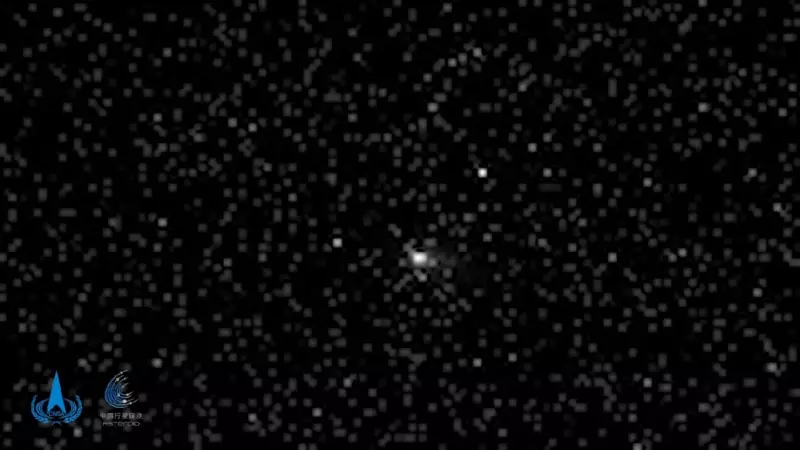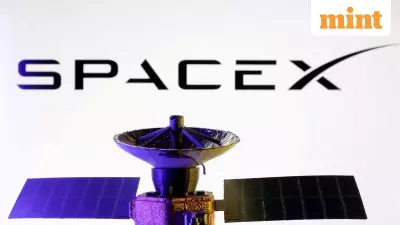
In an extraordinary cosmic development that has set the astronomical community abuzz, a massive interstellar object identified as Comet 3I Atlas is currently racing toward our solar system. This celestial wanderer, originating from the depths of interstellar space, represents one of the most significant astronomical discoveries in recent years.
What Makes This Interstellar Visitor So Special?
Unlike regular comets that originate from within our solar system, 3I Atlas comes from the vast expanse between stars, making it an exceptionally rare visitor. Astronomers worldwide have trained their telescopes on this mysterious traveler, hoping to unlock secrets about the formation of planetary systems far beyond our own.
Key Characteristics That Have Scientists Fascinated
- Interstellar Origins: Confirmed to come from outside our solar system, following an unusual hyperbolic trajectory
- Massive Size: Preliminary observations suggest it could be significantly larger than typical comets
- Unique Composition: Early spectral analysis indicates unusual chemical signatures that differ from local comets
- Perfect Timing: Its approach coincides with advanced telescope capabilities, allowing unprecedented study opportunities
Why This Discovery Matters for Science
The arrival of 3I Atlas provides astronomers with a unique opportunity to study material from another star system up close. As Dr. Priya Sharma, a leading astrophysicist at the Indian Institute of Astrophysics, explains: "This is like receiving a package from a distant galactic neighbor. The chemical composition and structure of this comet could revolutionize our understanding of how planetary systems form across the galaxy."
What We Hope to Learn
- The fundamental building blocks of exoplanetary systems
- How common Earth-like planets might be in our galaxy
- The diversity of organic compounds in interstellar space
- Potential clues about the origins of life in the universe
Observation Timeline and What to Expect
Major observatories worldwide, including facilities in India, have already begun intensive monitoring campaigns. The comet is expected to reach its closest approach to Earth in the coming months, though it will remain at a safe distance. Amateur astronomers with moderate-sized telescopes might be able to spot it as it brightens during its journey through our cosmic neighborhood.
This interstellar visitor follows in the footsteps of 'Oumuamua, the first known interstellar object detected in 2017, but 3I Atlas appears to be larger and potentially more scientifically valuable due to its cometary characteristics.
The Bottom Line: While 3I Atlas poses no threat to Earth, it represents an unprecedented opportunity for scientific discovery. As this cosmic messenger continues its journey through our solar system, it promises to deliver invaluable insights about the universe beyond our stellar backyard.





